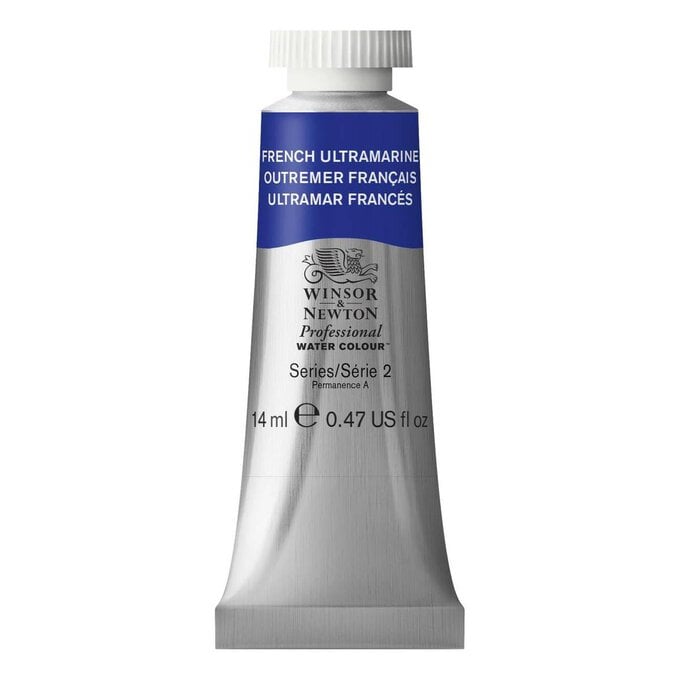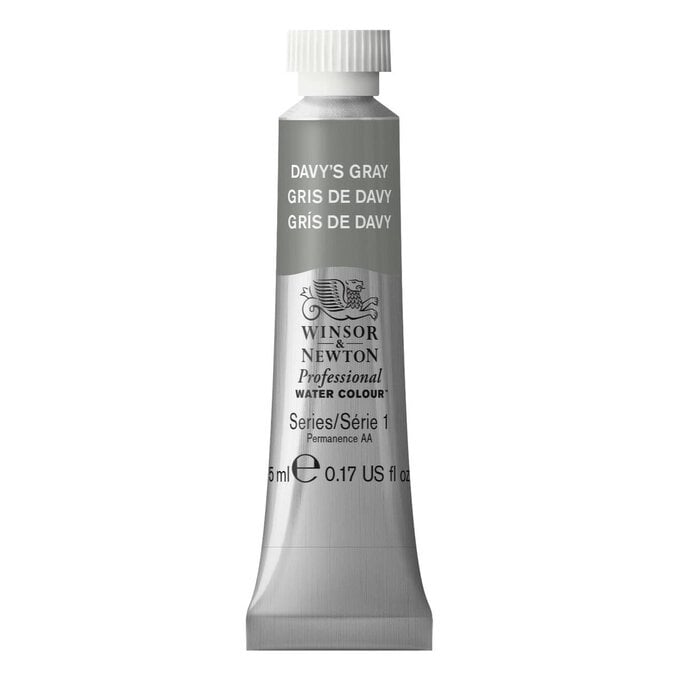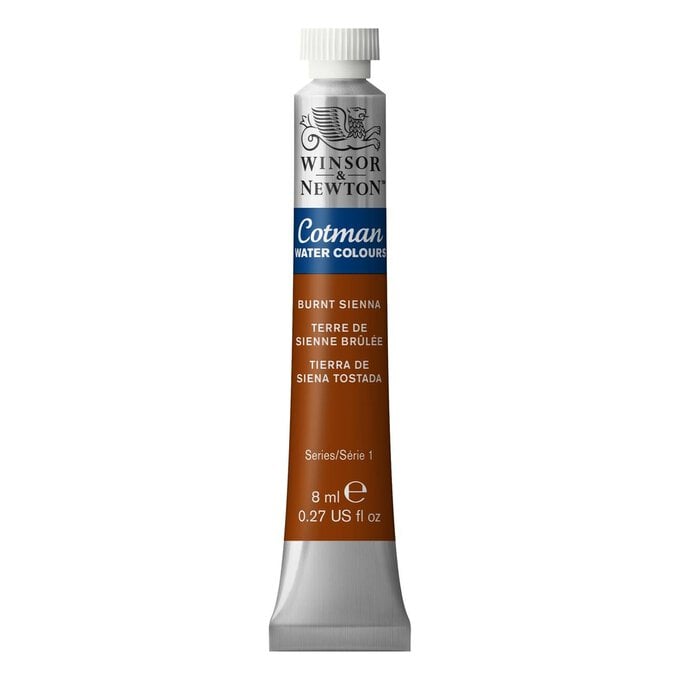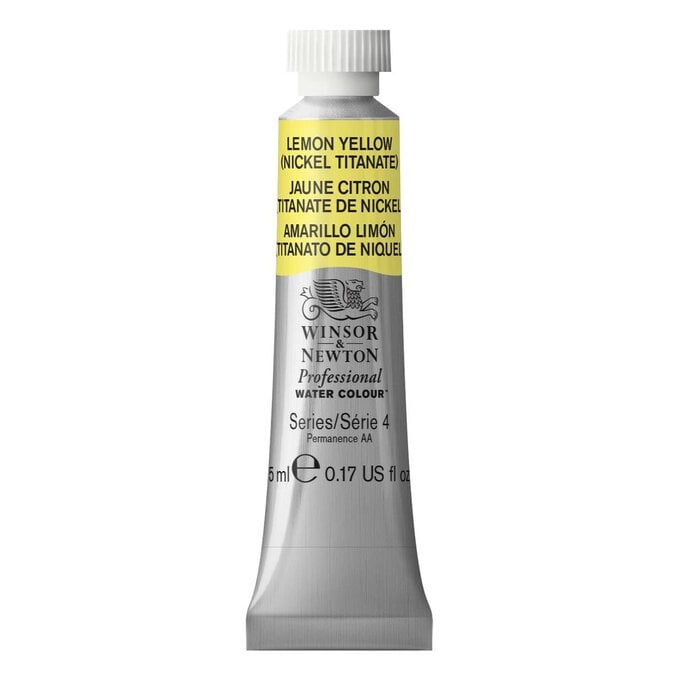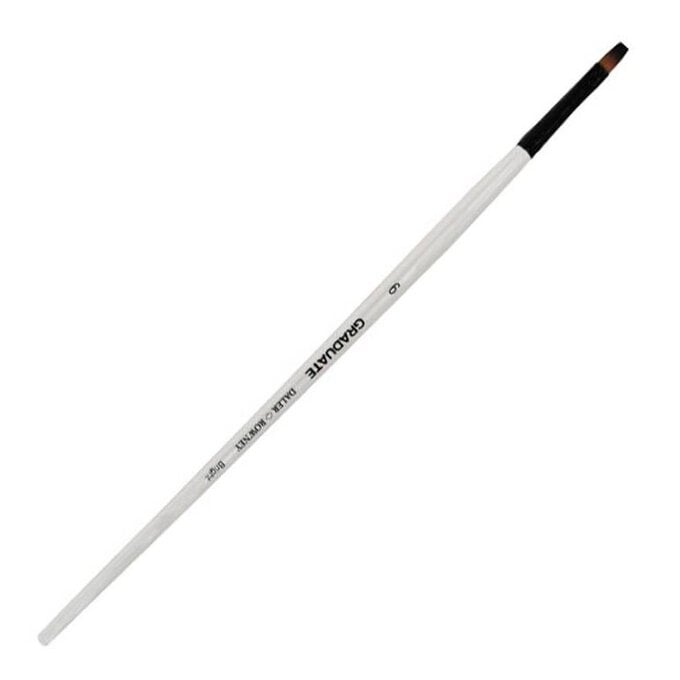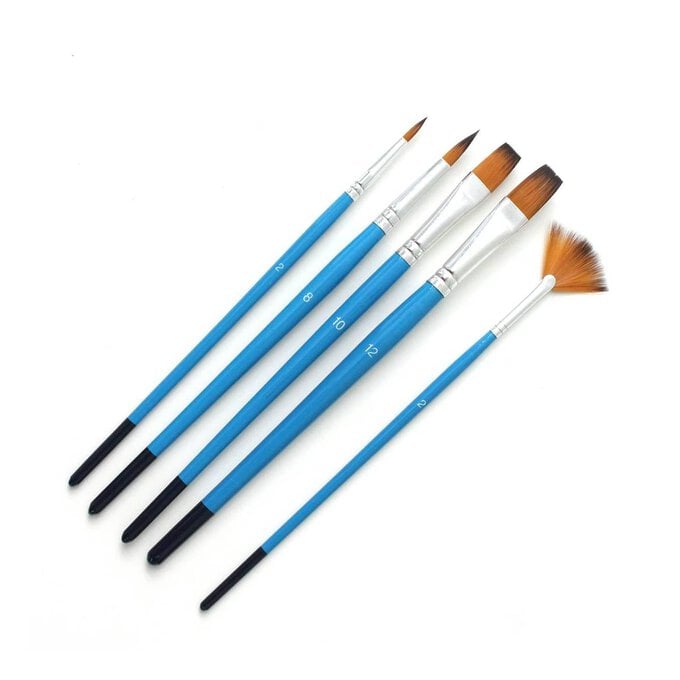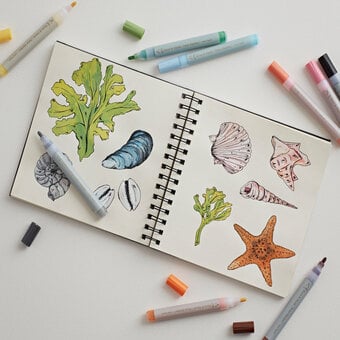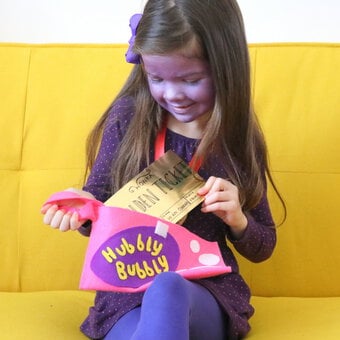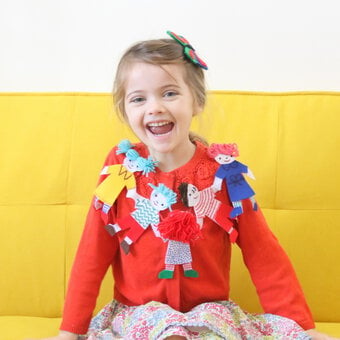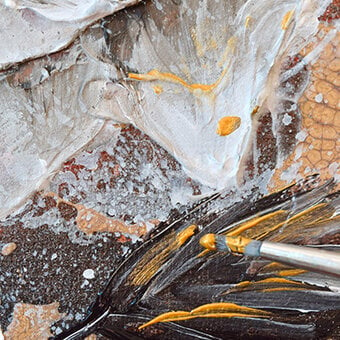How to Paint a Summer Tree
The sun is shining, summer is in full swing, and all of the trees and flowers are at their best, now is the perfect time to get out and about in the countryside and paint your surroundings.
Getting the shape, colour and texture right can be tricky when painting trees, but as the below guide shows, with a few helpful hints and tips you'll have a beautiful landscape in no time!
You will need
Subtotal
Is $ 35.00
Subtotal
Is $ 11.00
Subtotal
Is $ 5.49
Subtotal
Is $ 17.00
Subtotal
Is $ 5.49
Subtotal
Is $ 11.00
How to make
The first thing to practice is the shape. Avoid lolly pops or triangular Christmas tree shapes.
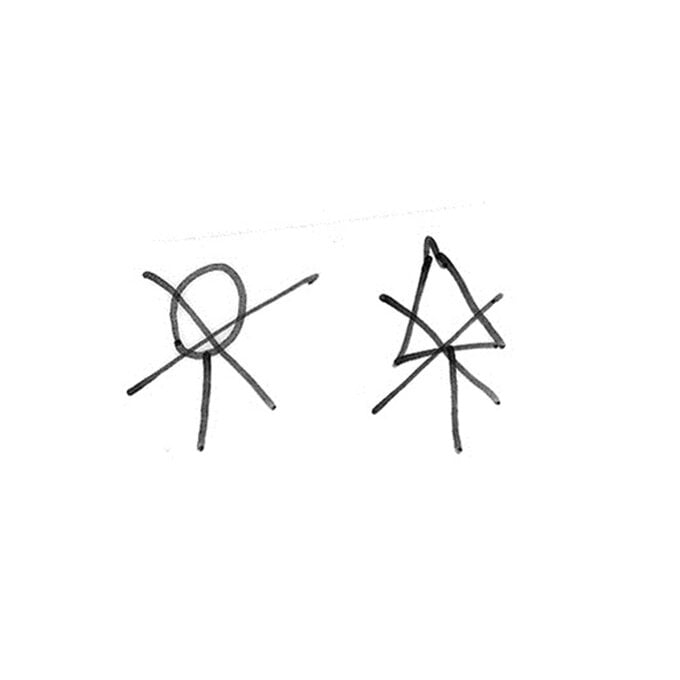
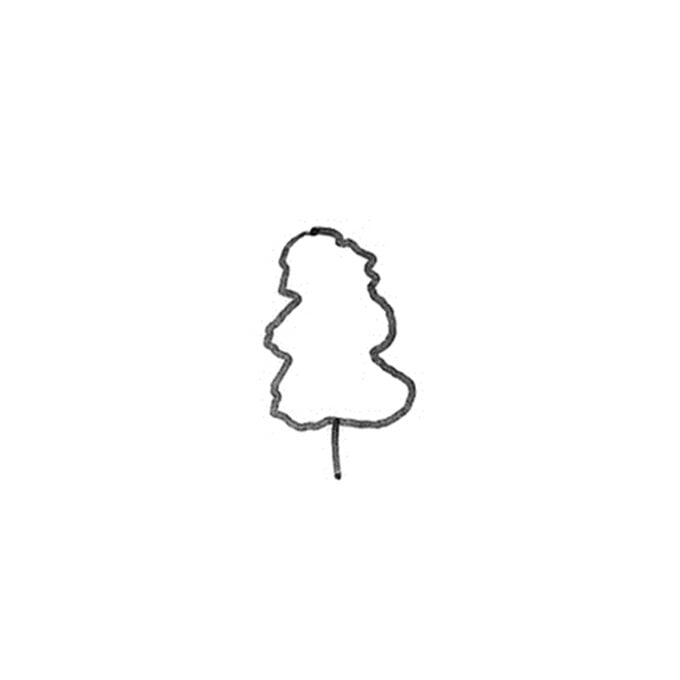
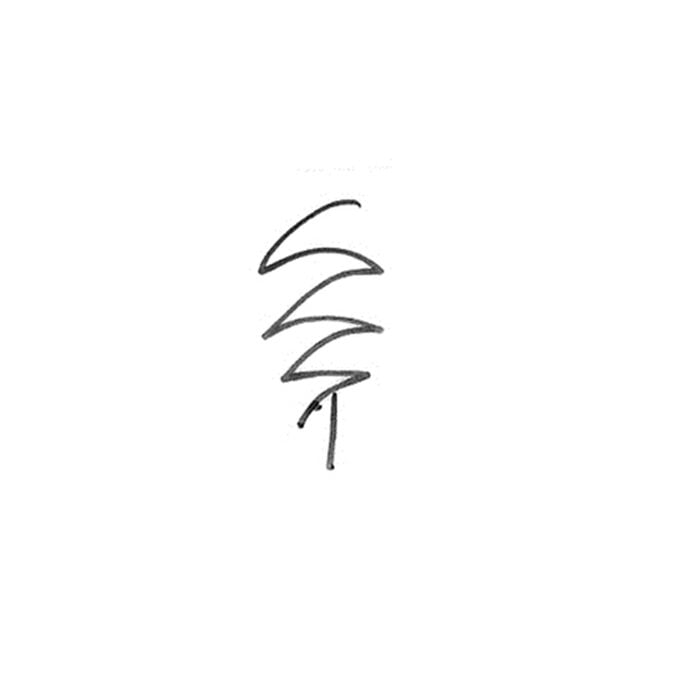
Mix your greens. I have my own average green (mix of 70% yellow and 30% blue). You will also need a bright green and a shadow green (mixed from 70% yellow and 30% grey).
Practice the stippling technique to achieve a leafy effect. Gently stipple a size 6 brush in the palette to splay the bristles a little, allowing you to paint several leaves in one go. I use my tree and texture brushes which are specifically made for this purpose. Pick up only a little paint on the brush and stipple on to the paper with light pressure.
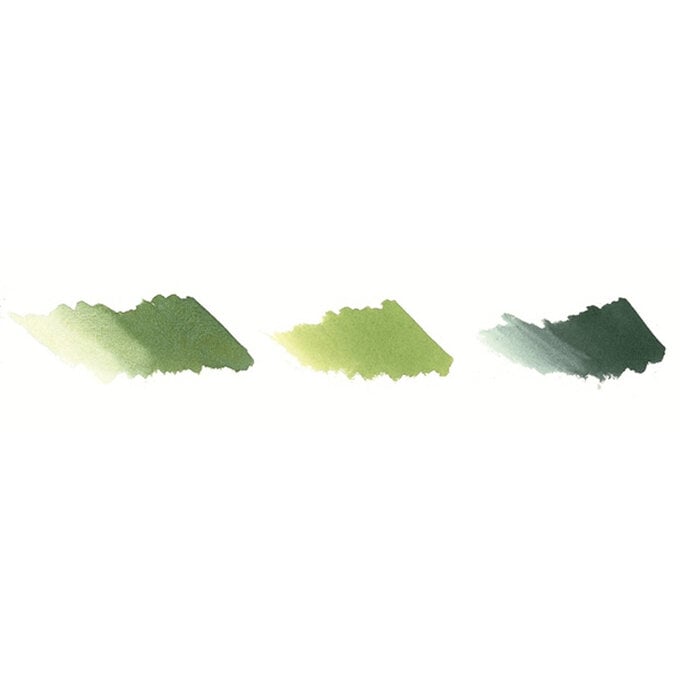
I have started this mini scene with a wet into wet sky. Begin painting your trees while the sky is still wet.
Paint a few distant trees across the horizon using the stippling technique and bright green. The light here is coming from the right, so add shadow to the left-hand sides and undersides of the trees using by stippling natural grey on to the green background. While the paint is damp, scratch out trunks and branches with your fingernail.
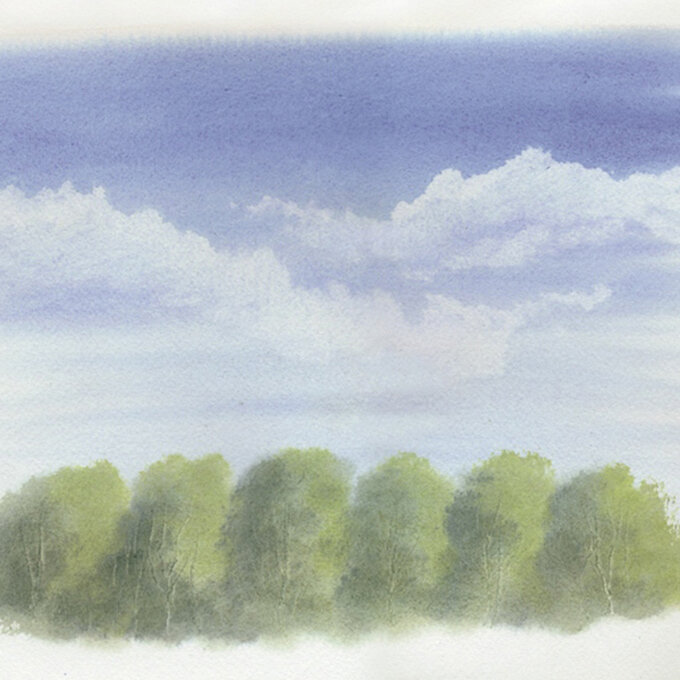
Sketch in the basic tree shape with a zigzag pattern. Gently stipple in the main shape of the tree with average green.
Paint the centre of the tree as a solid shape and paint open foliage texture, using gentle pressure, at the edges.
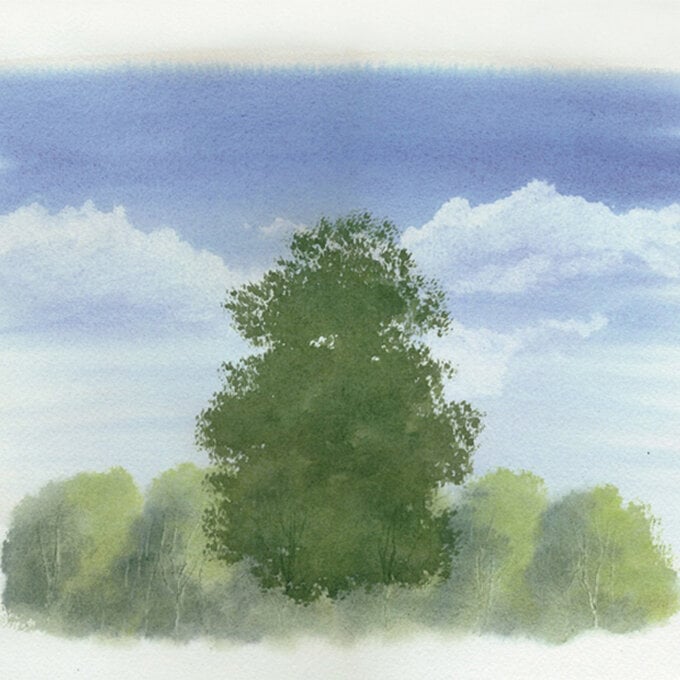
Add some light and shadow to make the light areas stand forwards and the darker areas recede, creating a three-dimensional effect. I used a small tree and texture brush to stipple on a thick, strong mix of bright green for highlights and a strong mix of shadow green for the shadow.
Keep in mind where the tree shape goes in and out, and make it lighter where it comes out and catches the light.
To create really bright, effective highlights, lift out colour next to the darkest shadowed areas. Use a damp size 6 brush and swirl the point over the paint to lift it off, then dab with a tissue if necessary. To give a speckled highlighted leaf effect, use a clean, damp tree and texture brush and stipple this over the tree, then dab with a tissue.
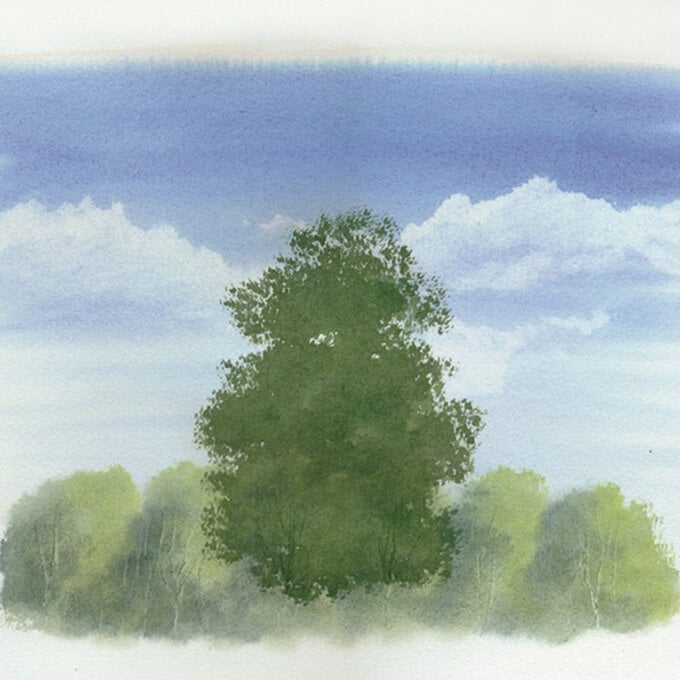
To finish the tree, add the trunk, branches and some detail. A good colour mix for these is 70% grey and 70% dark red. To make the trunk appear round, paint the shadowed side with this colour, and then half way round, clean your brush and blend in a pale burnt sienna wash, mixing the colours on the paper. Change to a rigger to paint the fine branches, painting them in the direction in which they grow, from thick to thin.
Note that the branches and trunk only show in the dark areas. Paint a grassy bank, a fence and natural grey shadows to finish.

